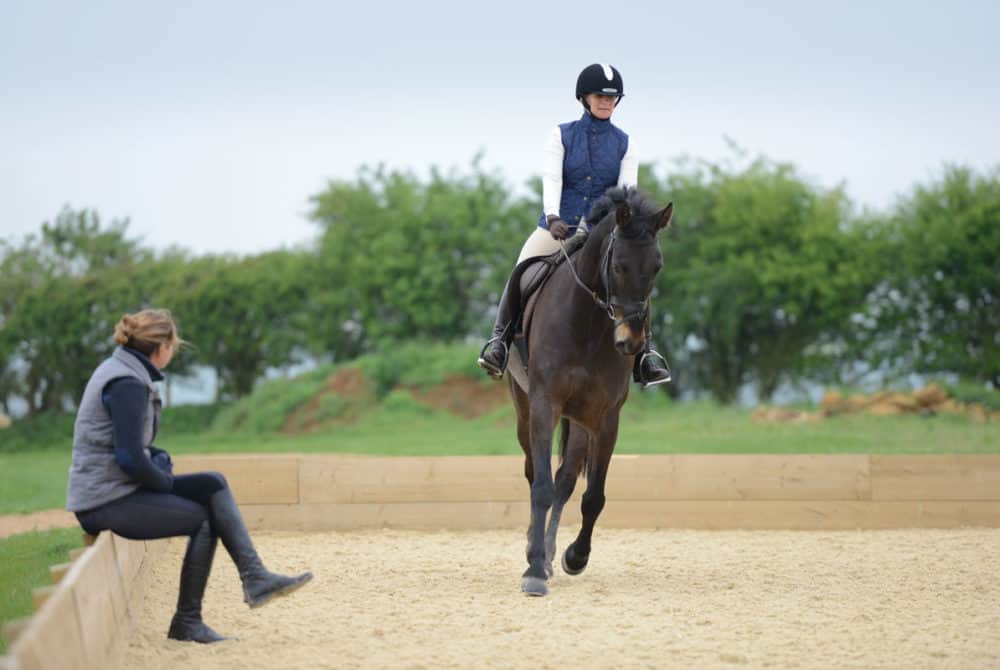Relieving tension
Posted 6th November 2019
We all feel the effects of stress from time to time. H&R looks into the practical methods to give you some relief from tense, achy muscles

The daily schedule of a horse owner is often a hectic one and, while you wouldn’t change your hoof-trodden path of life for the world, none of us are immune to stress and its unwelcome side-effect, tension. Whether it’s juggling a full-time job with caring for a demanding equine, dealing with riding nerves or trying to maintain a horse-life balance, it’s normal to feel overwhelmed from time to time. This can have a knock-on effect on your mind and body, and can easily be picked up by your acutely perceptive four-legged friend.
However, it doesn’t have to be a feeling that takes over, and while it’s highly unlikely you’ll go through life without even a fleeting stressful thought, knowing how to ease tension of both mind and body will help you keep on your A game.
What is tension?
Put simply, tension is a response to stress caused by the feeling of danger – for example at the thought of going on a solo hack, or handling an unfamiliar horse. It can also be the product of more general, everyday stresses, originating in a professional or home setting.
This response harks back to your primeval fight-or-flight response and sees your body spring into action, meaning muscles tighten, blood pressure rises and your glands secrete a concoction of hormones. As such, your body is primed and ready to respond to the threat in what it perceives to be an appropriate way. In reality, you’re left feeling at best restless, at worst panicked and, over time, sore and achy.
Did you know? The most common sites of tension are in your neck, back and shoulders.
Work it out
Although stress is a key factor in muscle tension, it isn’t the only culprit. Long periods of inactivity, such as the hours spent working at a desk, also contribute to muscle tension and pain. This is because certain muscles are lengthened for long periods, thus weakening them, while others spend the day contracted and then find it difficult to release. For example, sitting in a chair contracts the muscles at the front of your hips and stretches the ones behind. Plus, if you’re working on a computer, your chest muscles contract and the muscles in the upper part of your back are lengthened.
Learn how to release tension with some useful techniques and exercises in January Horse&Rider, on sale 14 November.










